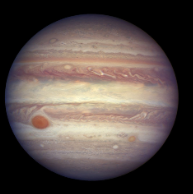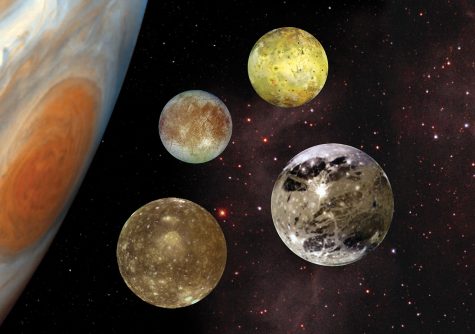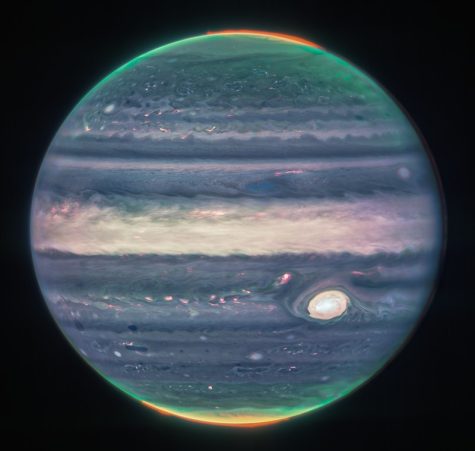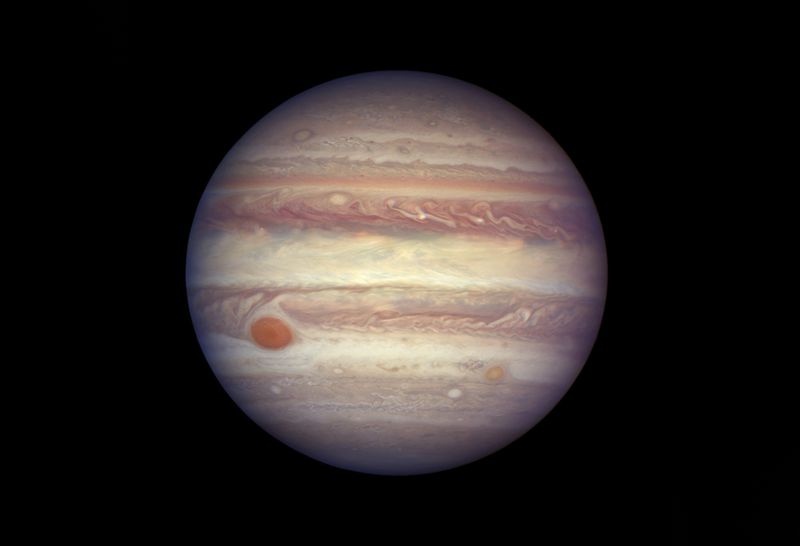Jupiter Closest to Earth in 59 Years

Outerspace, a wondrous mystery. A place so unimaginably colossal. A place so gargantuan that our human minds have the most minuscule cognizance of, the tiniest understanding of this unexplainable thing.
Starting on the 25th of September 2022, and to the days that immediately follow. Jupiter had been its closest in proximity to Earth since 1963, 59 years ago. Comparable to 1963, Jupiter came approximately 367 million miles away from our home planet. This is extraordinarily close, because Jupiter can be over 600 million miles away from Earth.

This event times so perfectly with being able to view Jupiter because this event coincides with something called opposition. Opposition is when another planet is on the opposite side of the Earth from the Sun. This is comparable to a Lunar eclipse. So, when the Sun sets in the west, Jupiter will rise in the east. When in opposition, planets will appear brightest in the sky, which works perfectly for those who want to gaze at Jupiter.
This is an exceptionally rare and infrequent occurrence–especially with this timing so well with opposition with Jupiter, which occurs every 13 months. Even though the last time this happened was 59 years ago, the next time this will occur is believed to be in 2129! That’s 107 years!

What is also special about this event is that only with an effective pair of binoculars or a telescope; you’ll be able to see the four Galilean Moons of Jupiter. These moons include Io, Ganymede, Europa, and Callisto. Which are the four largest moons of Jupiter. When looking through a telescope, the four moons will appear as tiny and faint stars surrounding the planet.
The four moons are named after Galileo Galilei, who discovered them about 400 years ago. These moons are among 53 other named moons that orbit Jupiter–which are among a total of 79 moons, including unnamed ones!
Now, you may be wondering, “But why is Jupiter so close? Why is it not going to be this close for another 107 years?” If so, the main reason why planets get closer and further from one another is that the planets orbit the sun at different intervals.
For example, the planet Mercury will have the quickest orbit around the sun, at 88 Earth days, because it is the closest to the sun, whilst a planet like Neptune will have one of the slowest orbits around the sun, at 167 Earth years. If we were to include dwarf planets, Pluto would take 248 Earth years to orbit the sun!
Alongside that, the more distance from the sun, the less gravitational force. The less gravitational force, the slower the planets orbit. So the gravitational force will make all the closer planets move the fastest, and the further planets move even slower.
Since the planets orbit the sun at significantly different speeds, it could take many years in order for specific planets to align with one another–especially when one of those planets has such a vast orbital period! For example, the closest Saturn has ever reportedly gotten to Earth was in 2002, at 750,000,000 miles, which is now 20 years ago.
In conclusion, the solar system, and space in general, is absolutely colossal. Some events that occur in space are such amazing spectacles that they’re just too memorable to miss. So when observing these celestial events, whether it be with a planet, a star, or a spacecraft, it’s essential to choose the right equipment. Understanding the differences between astronomy binoculars vs. telescope can enhance your experience and allow you to appreciate the intricacies of the cosmos. Take advantage of it, for it may be the only opportunity for your lifetime.


Gavin Gardner is a Senior at Roxbury High School and Editor-In-Chief of the Roxbury Review. He has aspirations of serving at West Point, The United States...






